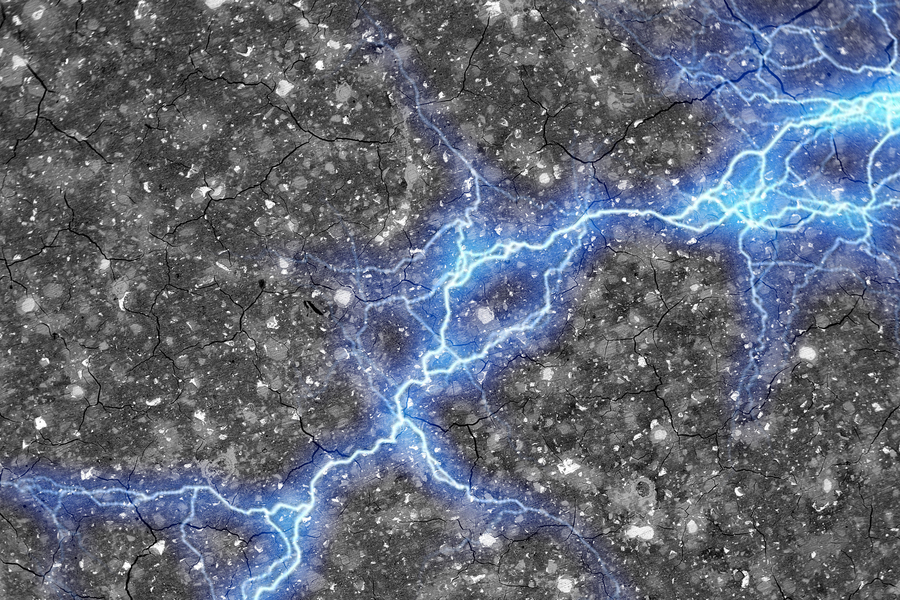
Concrete and Carbon Batteries on the Way
According to a study by a group of MIT researchers, cement and carbon black (smoke black), which are among the most widely used materials in human history, can form the basis of a low-cost energy storage system. Considering the fluctuations in electricity generation from renewable sources such as solar, wind and tidal energy, this breakthrough is seen as an important step to ensure the stability of the flow in energy networks.
Researchers have discovered that they can produce alternative batteries or “supercapacitors” by combining cement and carbon black with water. These supercapacitors, which have the ability to store electrical energy, may one day replace rechargeable batteries. For example, thanks to this technology, supercapacitors to be integrated into the concrete foundations of houses can store the energy produced during all day from environmentally friendly, sustainable sources such as solar panels or wind turbines -to be used when needed. The researchers also predict that this technology could be used in the construction of concrete roads that can charge electric vehicles as they ride on.
The power a capacitor can store depends on the total surface area of its conductive plates. The new supercapacitors developed have a very high internal surface area thanks to an interwoven web of conductive materials. When water reacts with cement, it forms fractal branches within the structure. The conductive carbon black then enters these gaps, hardens, and turns the system into a capacitor having a large surface within a small area. It is then immersed in a standard electrolyte material such as potassium chloride, thus providing charged particles to accumulate in the carbon structures.
One of the key advantages of this new technology is that cement and carbon black are low-cost and widely available materials. This may enable the mass production of these supercapacitors, in a cost-effective way, making them used more widely, and thus accelerate the transition process to renewable energy sources.
Considered as an important step in humanity’s transition to sustainable energy, this study has great potential to meet the demand for environmentally friendly and economical energy storage solutions.
REFERENCES
- 1. https://www.pnas.org/doi/10.1073/pnas.2304318120
- 2. https://news.mit.edu/2023/mit-engineers-create-supercapacitor-ancient-materials-0731
- 3. https://spectrum.ieee.org/supercapacitor
